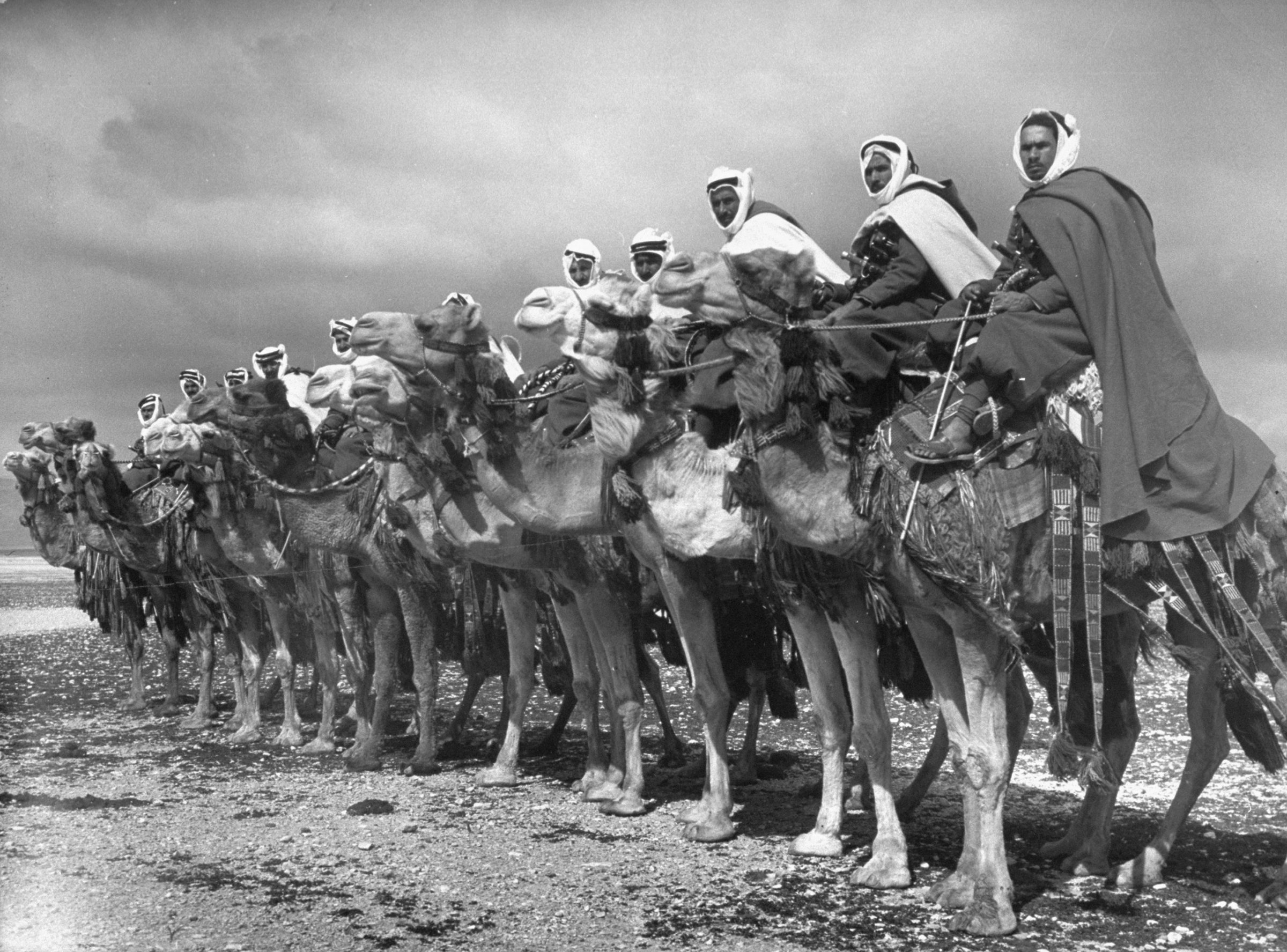
The ongoing chaos and violence that have come to define the Syrian civil war have not only pushed the names of ancient cities (Aleppo, Homs) back into today’s headlines, but have also served as a reminder that Syria has long been a major player not merely in the Middle East, but on the global stage.
[See the TIME article, “Brief History of Aleppo: A Great World City Now in the Grip of War”]
In 1940, seven months before the United States entered World War II and nine months after Germany invade Poland, LIFE sent photographer Margaret Bourke-White to the young (and, as it turned out, short-lived) republic in order to document Syria’s pivotal role—cultural, geographical, military—in the region. More than seven decades later, in photographs that ran in LIFE and many more that did not, LIFE.com recalls Damascus, Homs, Aleppo and other Syrian cities and towns as they appeared in the middle part of the last century.
This is how LIFE described the situation to its readers in the magazine’s May 20, 1940, issue, published mere weeks before Paris fell to the Germans, leaving Syria (briefly) under the rule of Vichy France:
Should Hitler strike east or Mussolini jump into the war or Soviet Russia pile on, the world spotlight would instantly narrow on far forgotten Syria. Here is now massed a formidable French army under the old warhorse Maxime Weygand, ready to rush either to the defense of Egypt or of Turkey and the Balkans. Here is a sample of the brains, the men and the material of France and its colonies. Here flies the flag of France . . . raised at sunrise to the bugle call Au Drapeau at Aleppo.
The French expeditionary forces in the Levant States, chief of which is Syria, has tanks and planes, motorized guns . . . The army’s numbers and the names of its generals are dark military secrets. Best guess is that it has now at least 150,000 men. It includes men from the far-flung domains of France: Moroccans, Algerians, Tunisians, Senegalese, Annamites, Madgascar Malgaches, Lebanese, Syrians, Bedouin camel fighters, Cherkess Cossacks of Syria and large units of the French Foreign Legion. One of the most polyglot companies ever assembled, these men of many tongues and colors now bathe on Beirut’s one fine beach, shop in the suks, peer into the Tomb of Saladin in Damascus and swelter in the heat of Homs and Aleppo.
The ancient fortresses of Syria could not long stand against air bombing. But the olive groves are just high enough for a small tank to get under. . . . Action may come without warning. For Syria, long a crossroads of world trade, has been watered by men’s blood for far longer than Flanders. In this natural cockpit where Asia, Africa and Europe meet, have fought Abraham, David, Alexander, Ramses, Sargon, Menelaus, Pompey, Bohemond, Nureddin, Saladin, Tamerlane, Baibars the Panther, Suleiman, Mohammad Ali, Lawrence of Arabia and [British General Edmund] Allenby.
As it happened, of course, Syria and neighboring Lebanon did see action in WWII, during a month-long Allied campaign in June and July of 1941. The Free French took control of both countries after a rout of mainly Vichy French and German troops, and before the war was over, both Lebanon and Syria had become free states—and had declared war on both Imperial Japan and Nazi Germany.
Liz Ronk, who edited this gallery, is the Photo Editor for LIFE.com. Follow her on Twitter at @LizabethRonk.
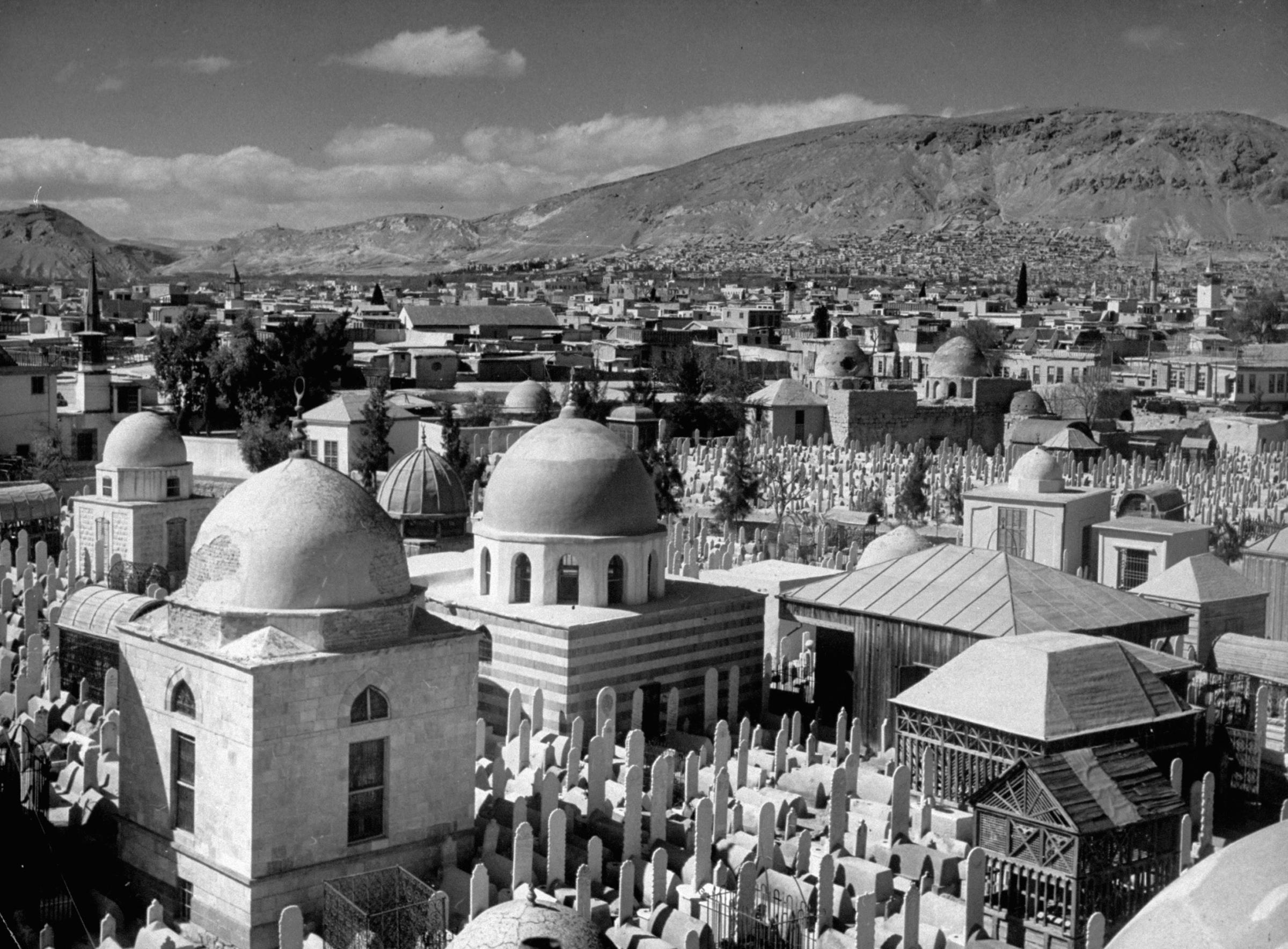
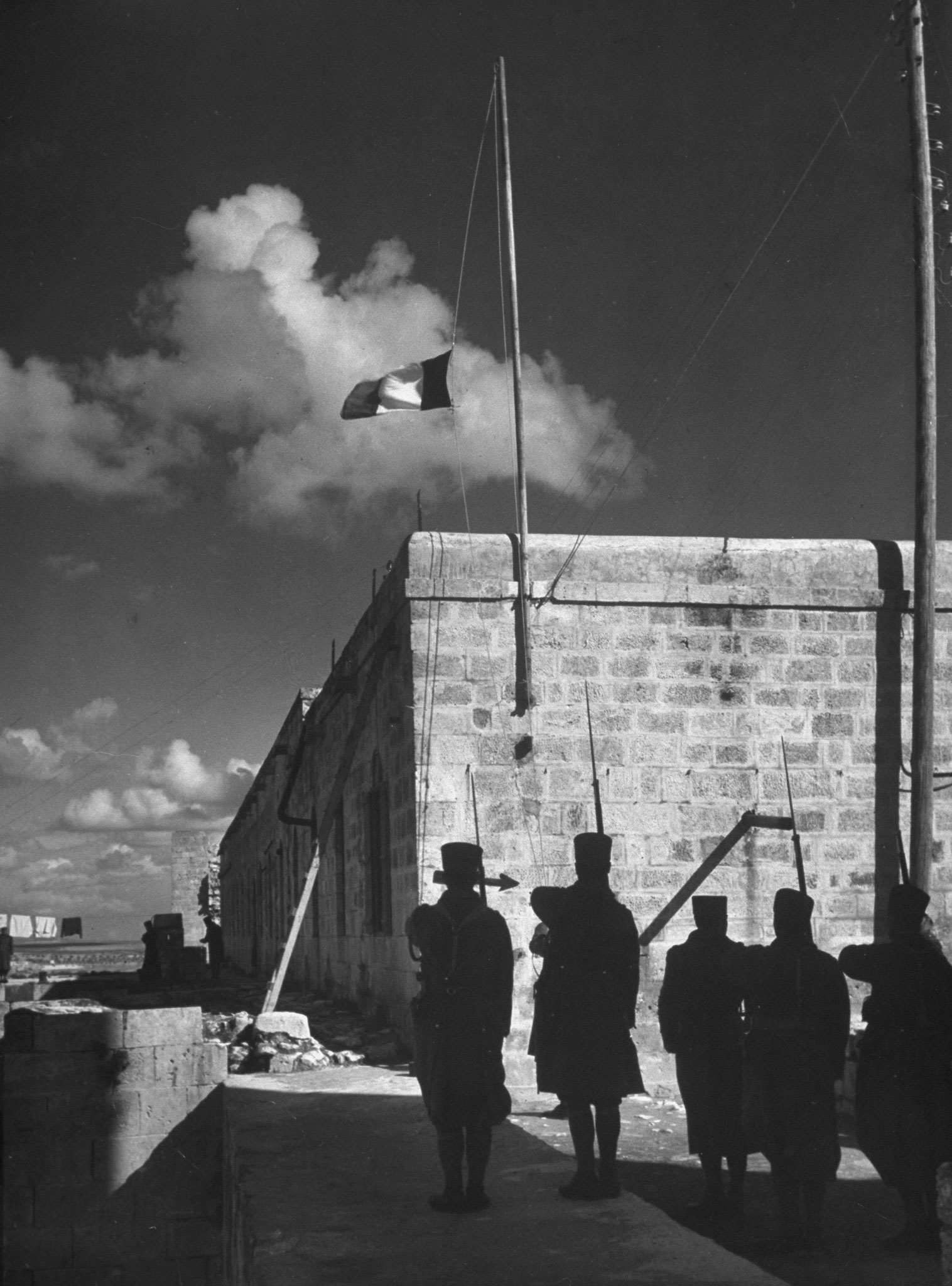


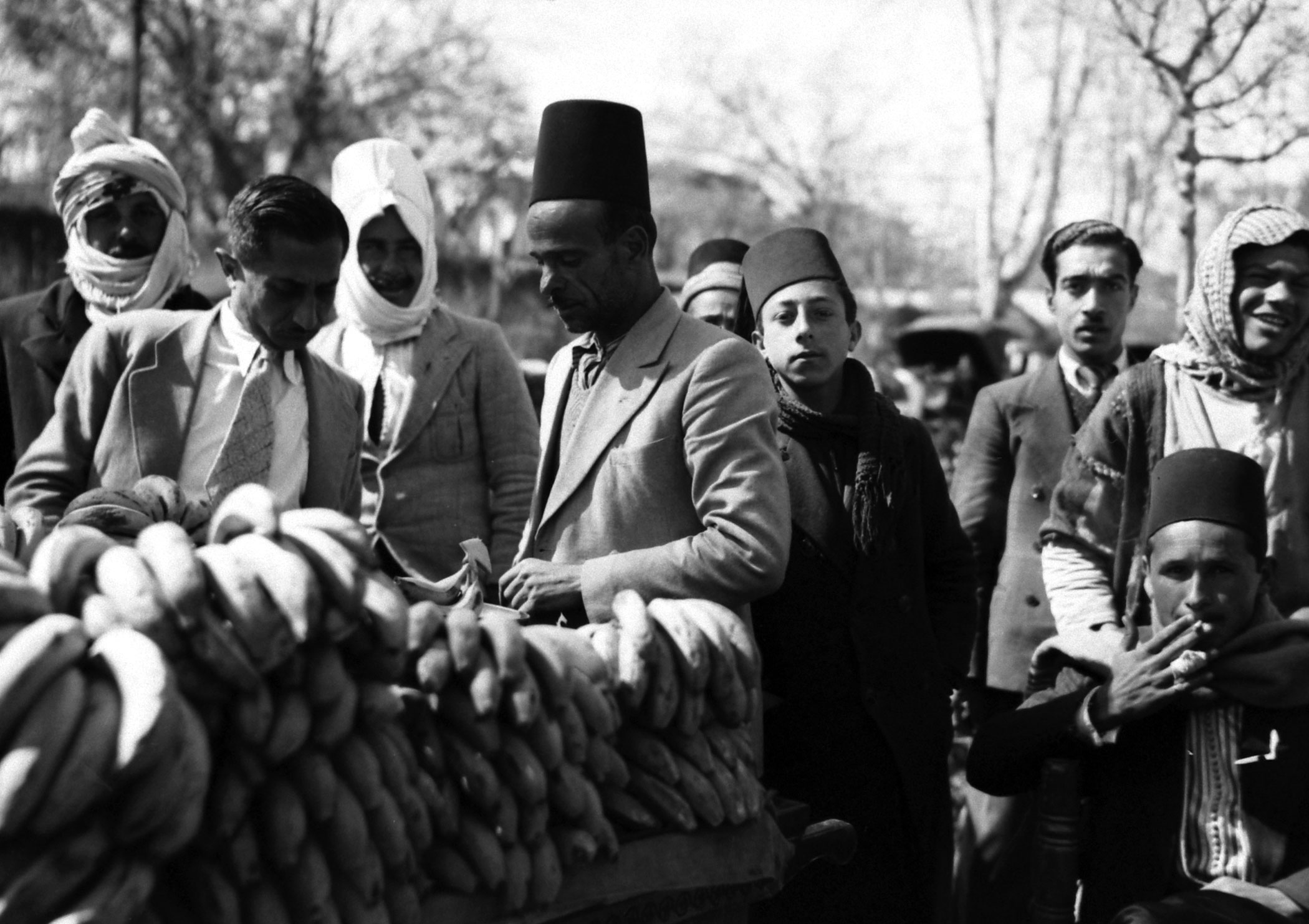
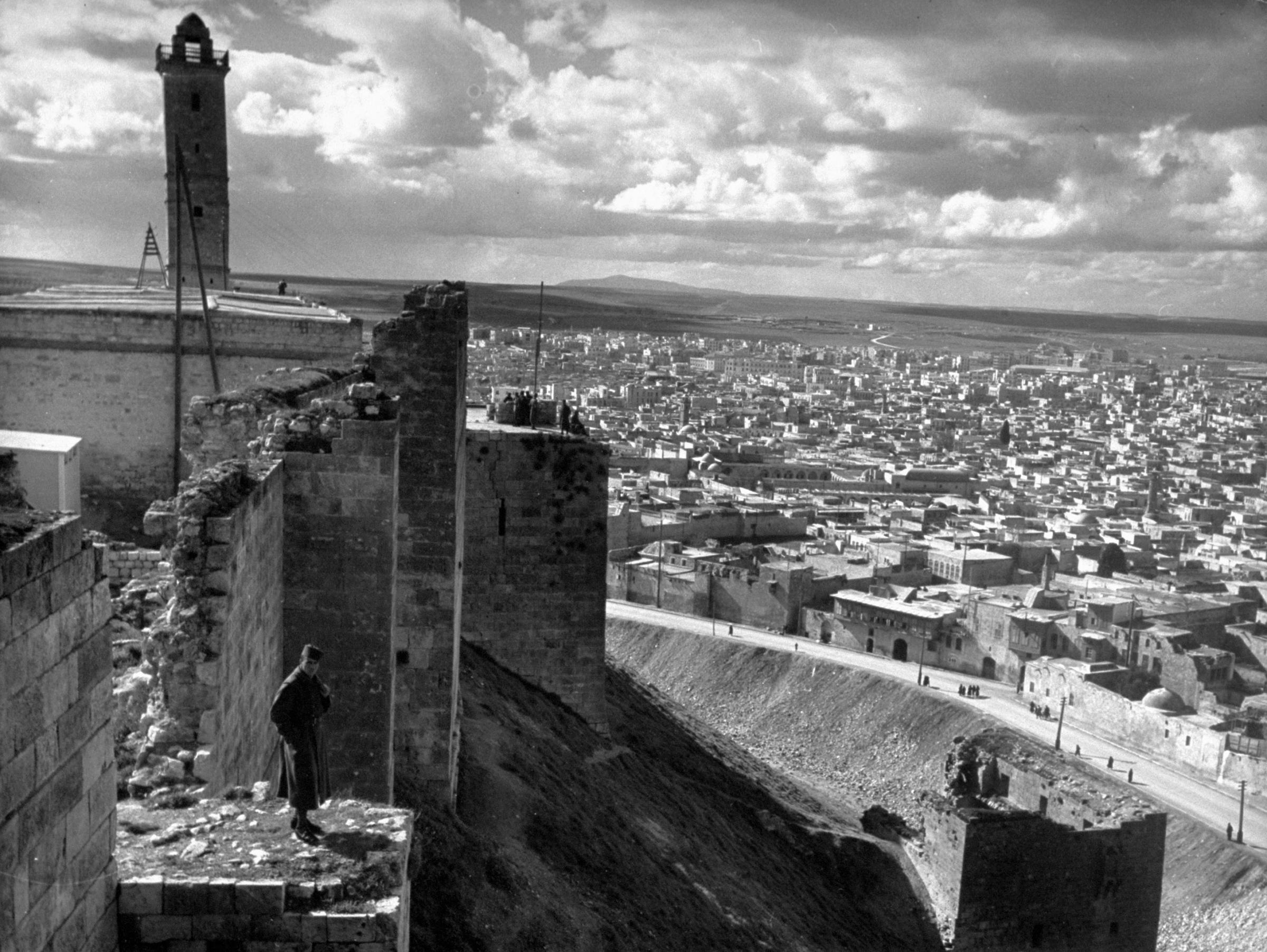

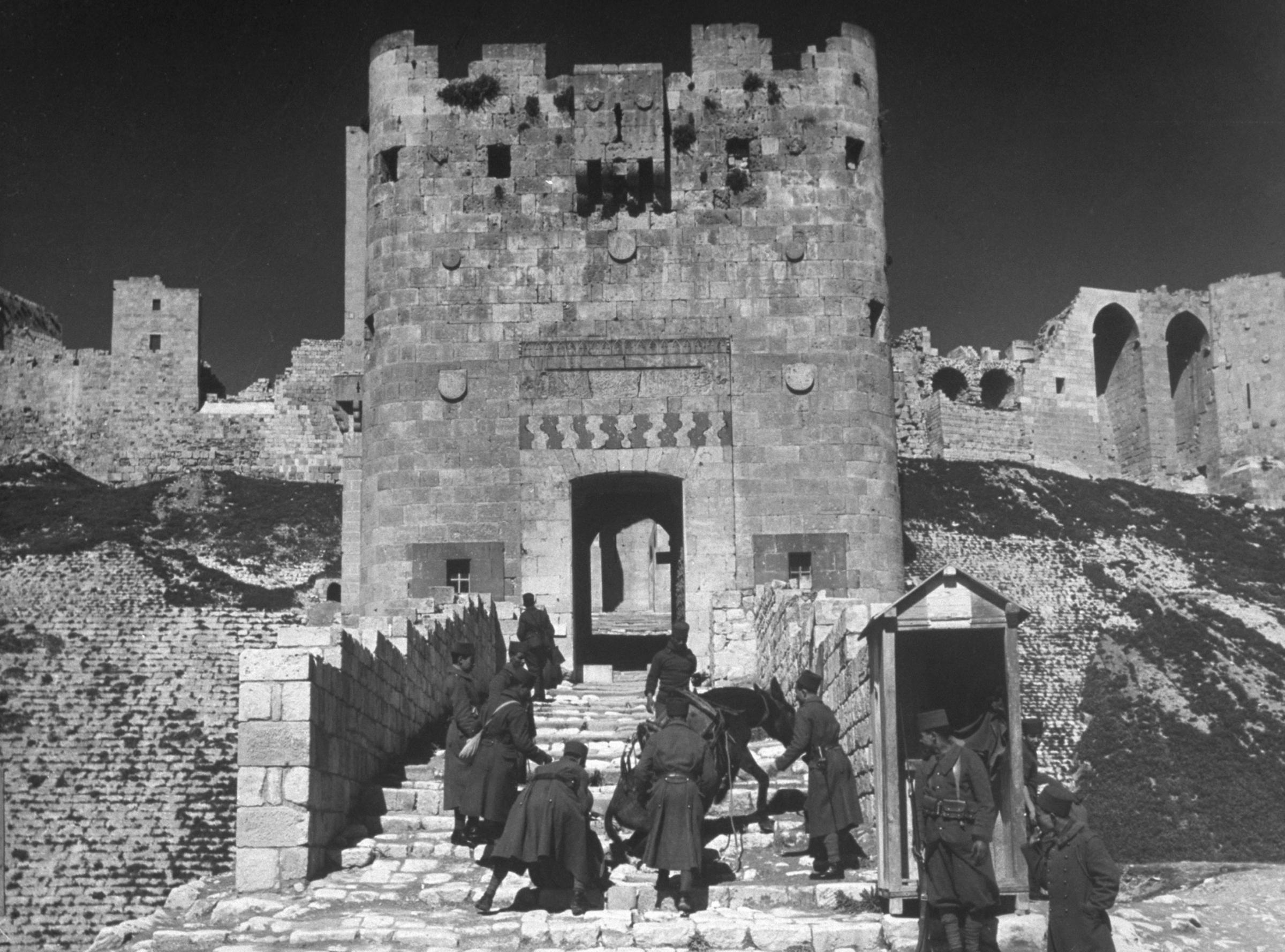
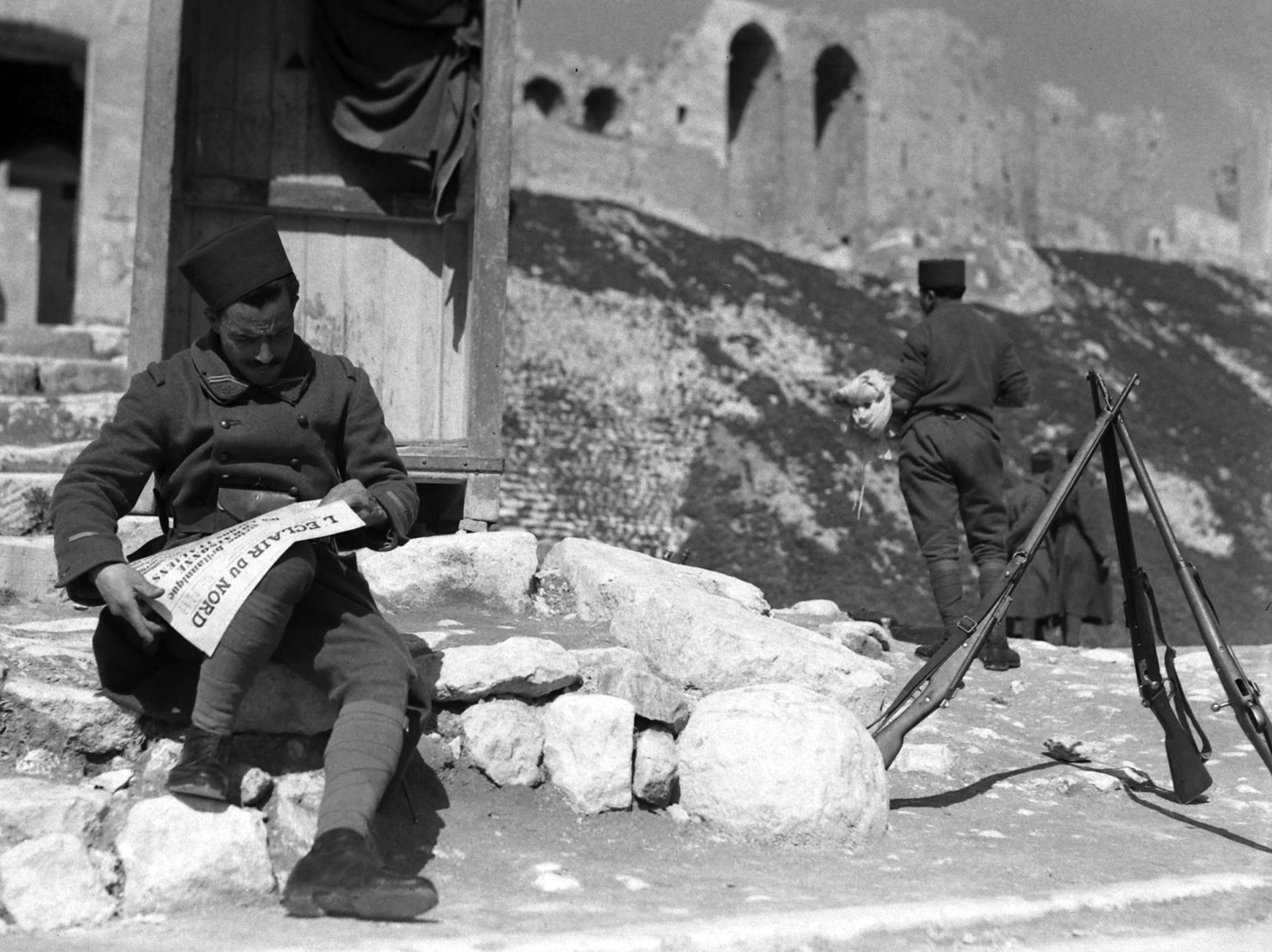
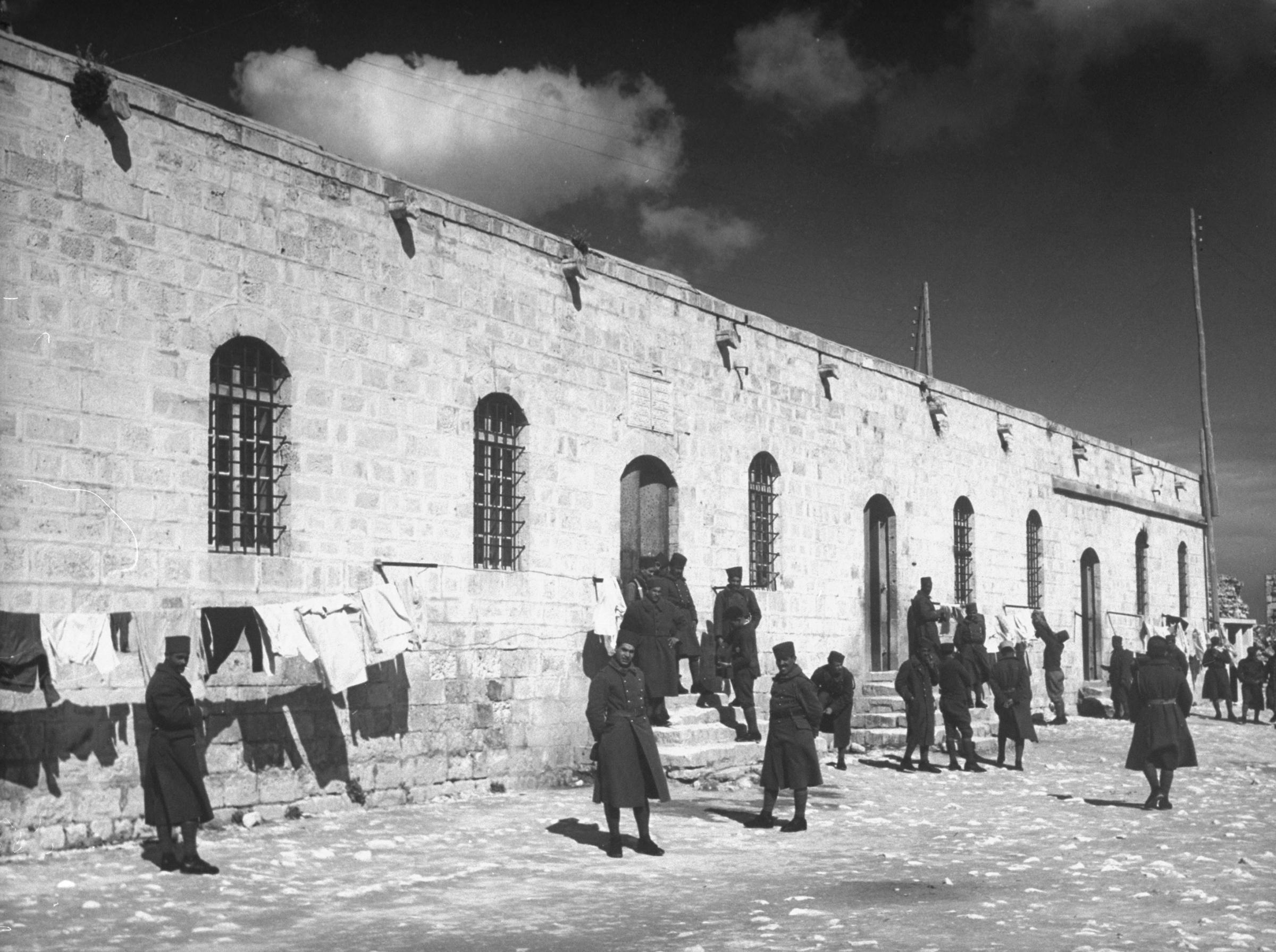

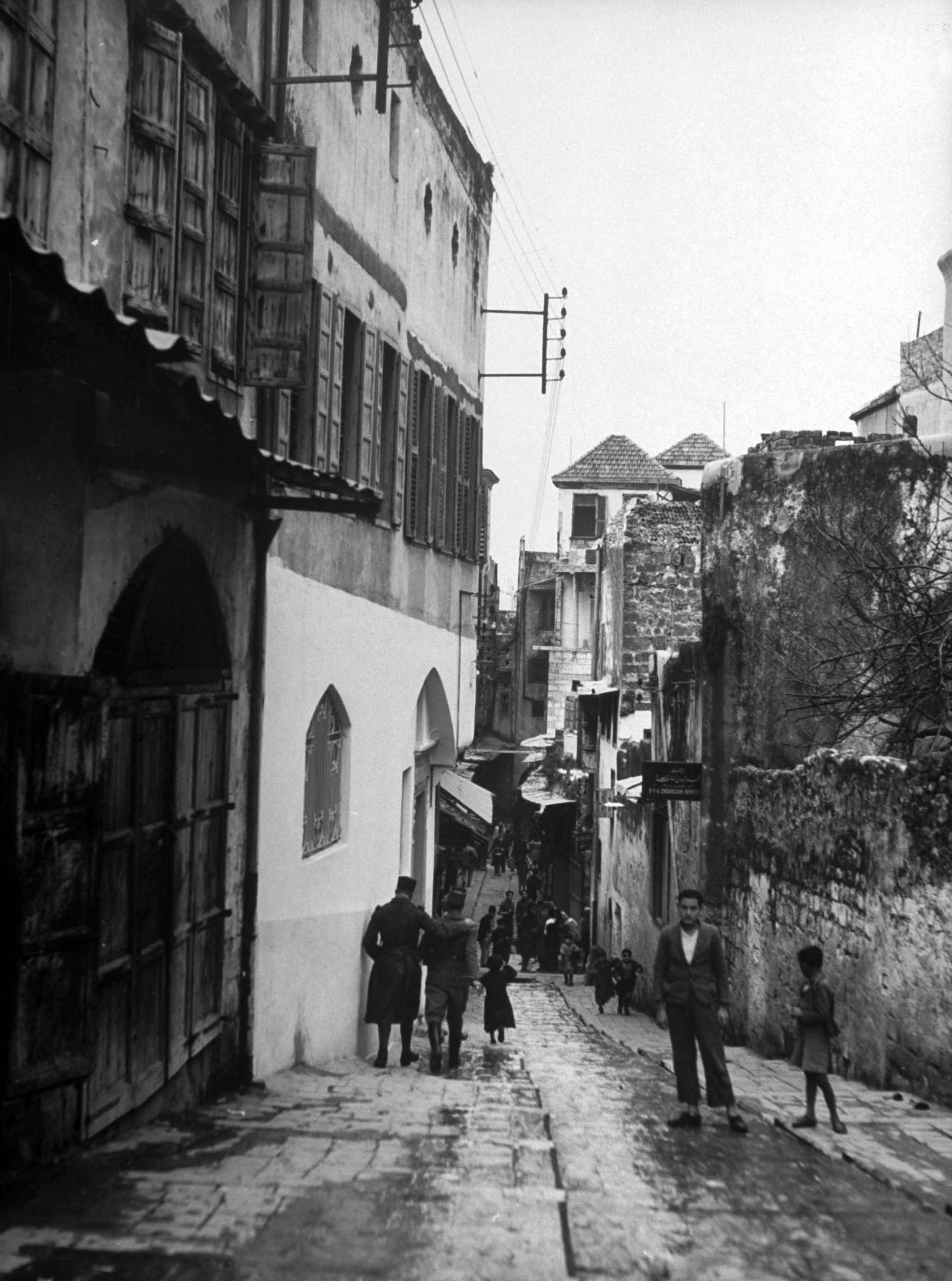
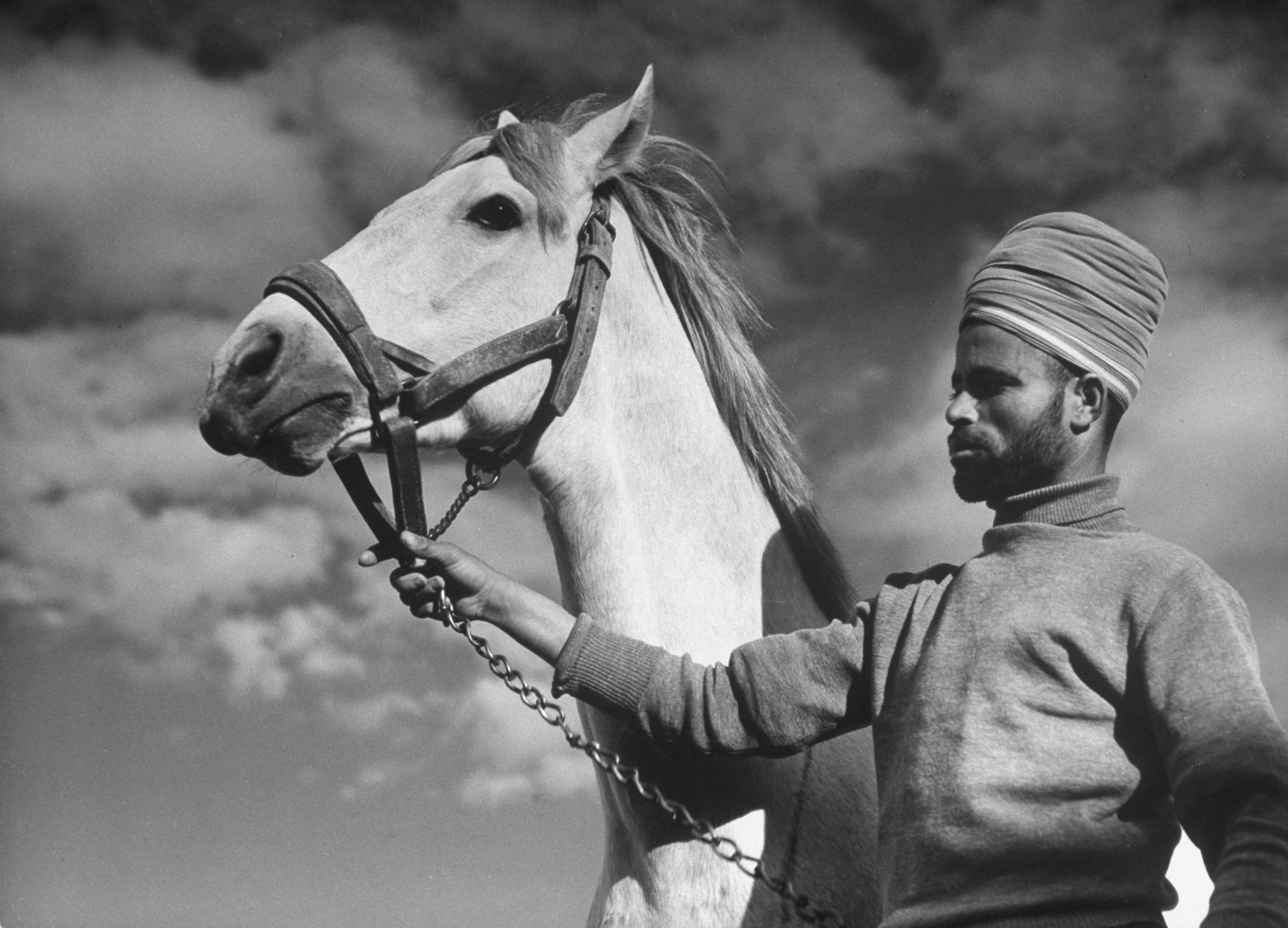


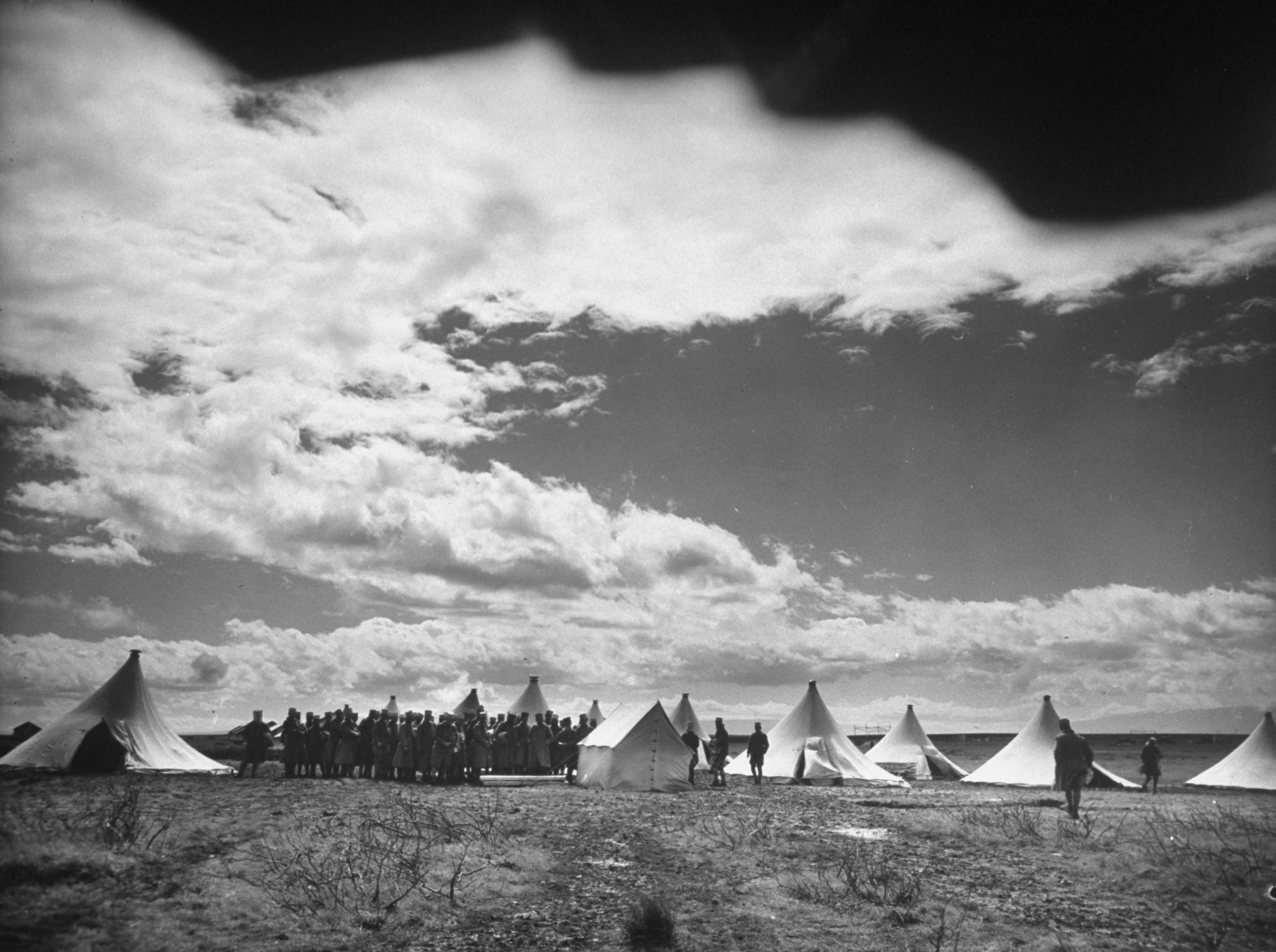
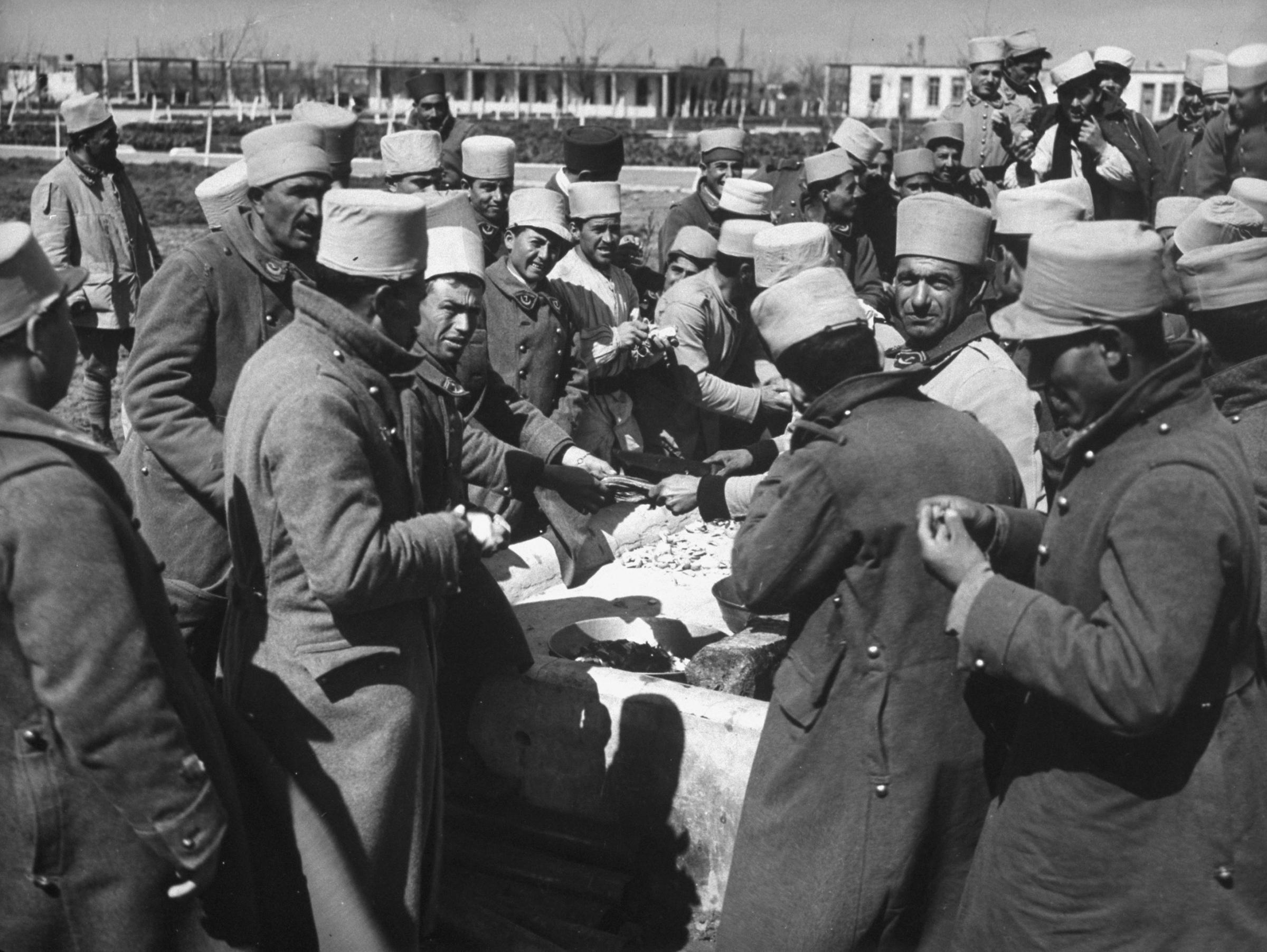
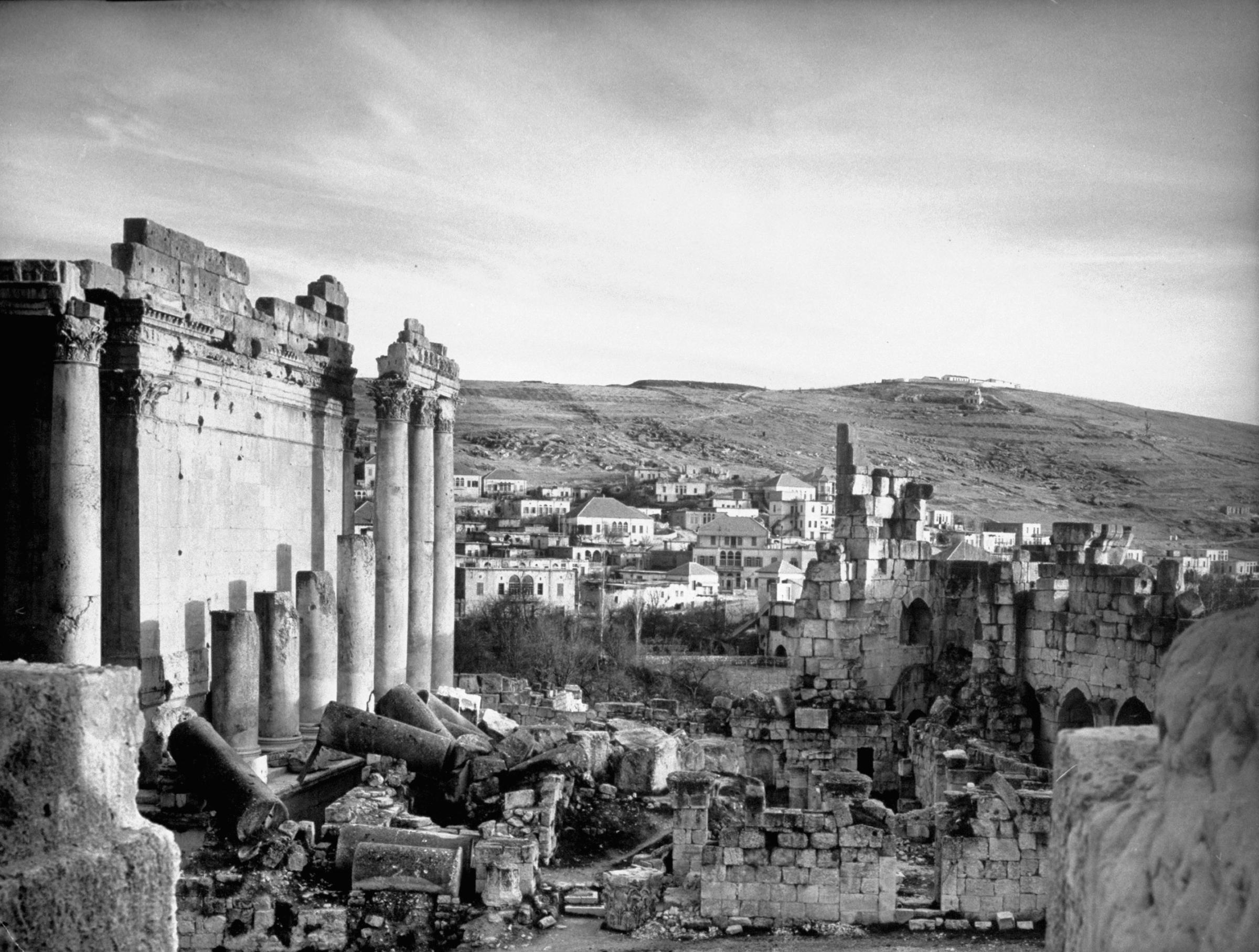
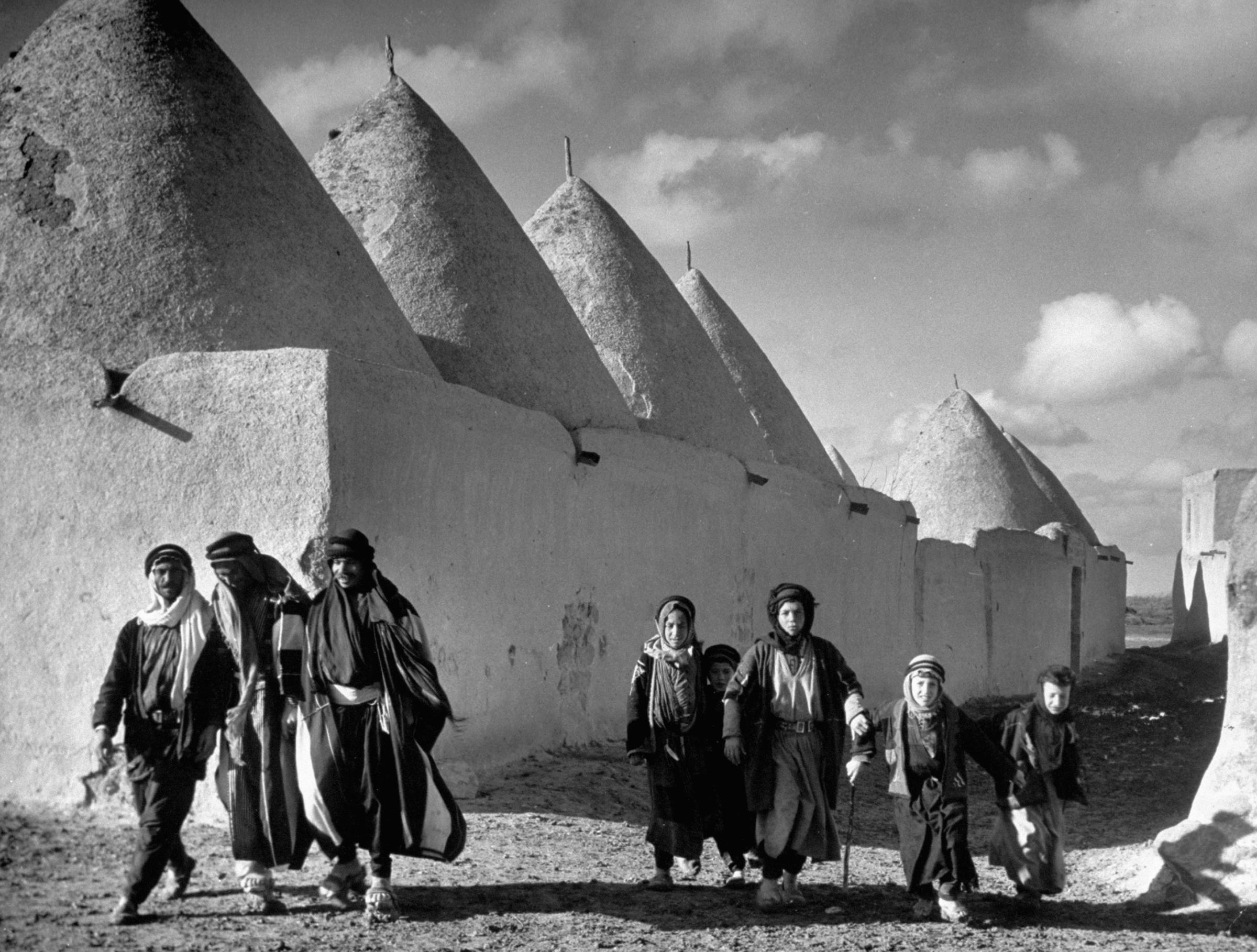
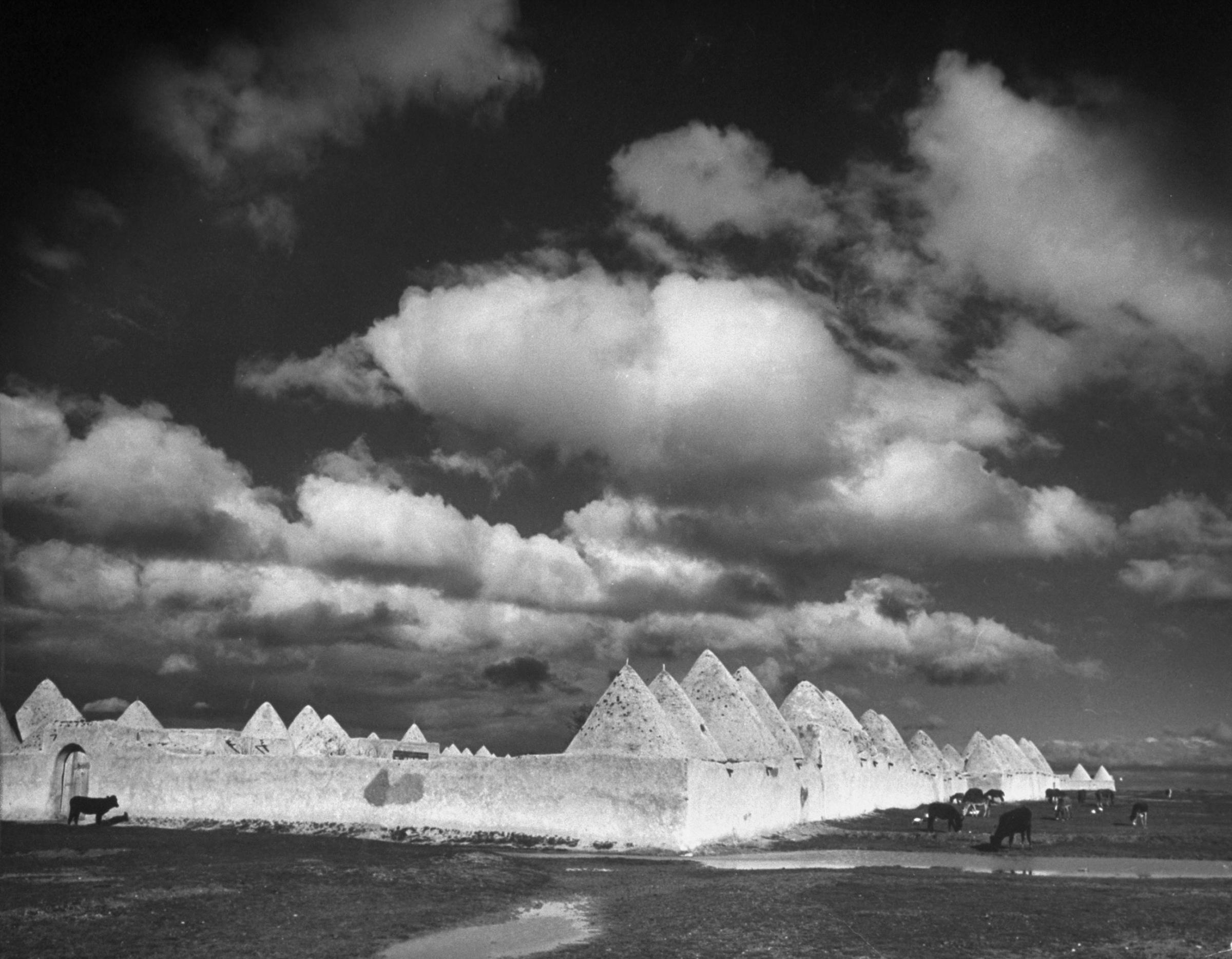
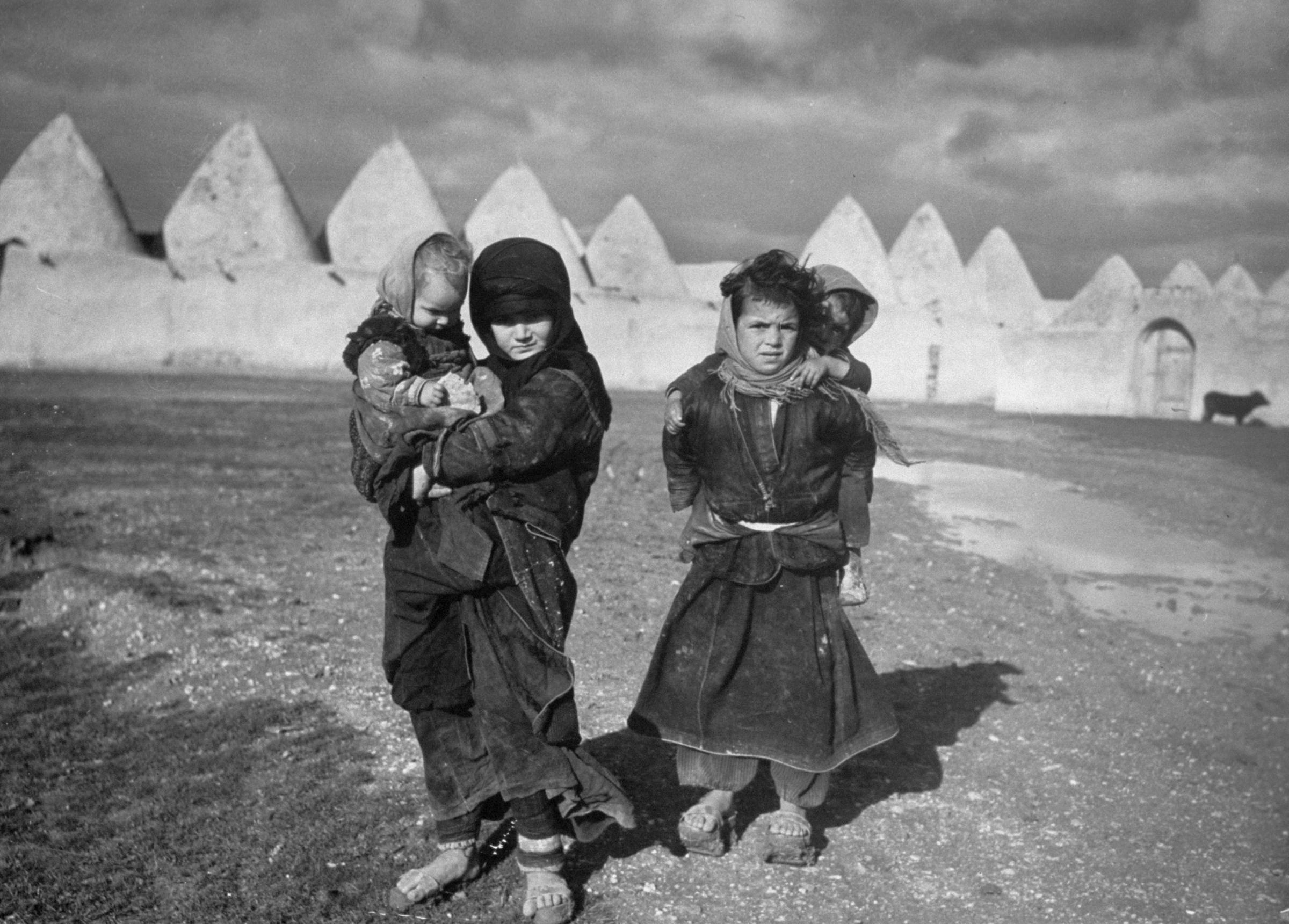
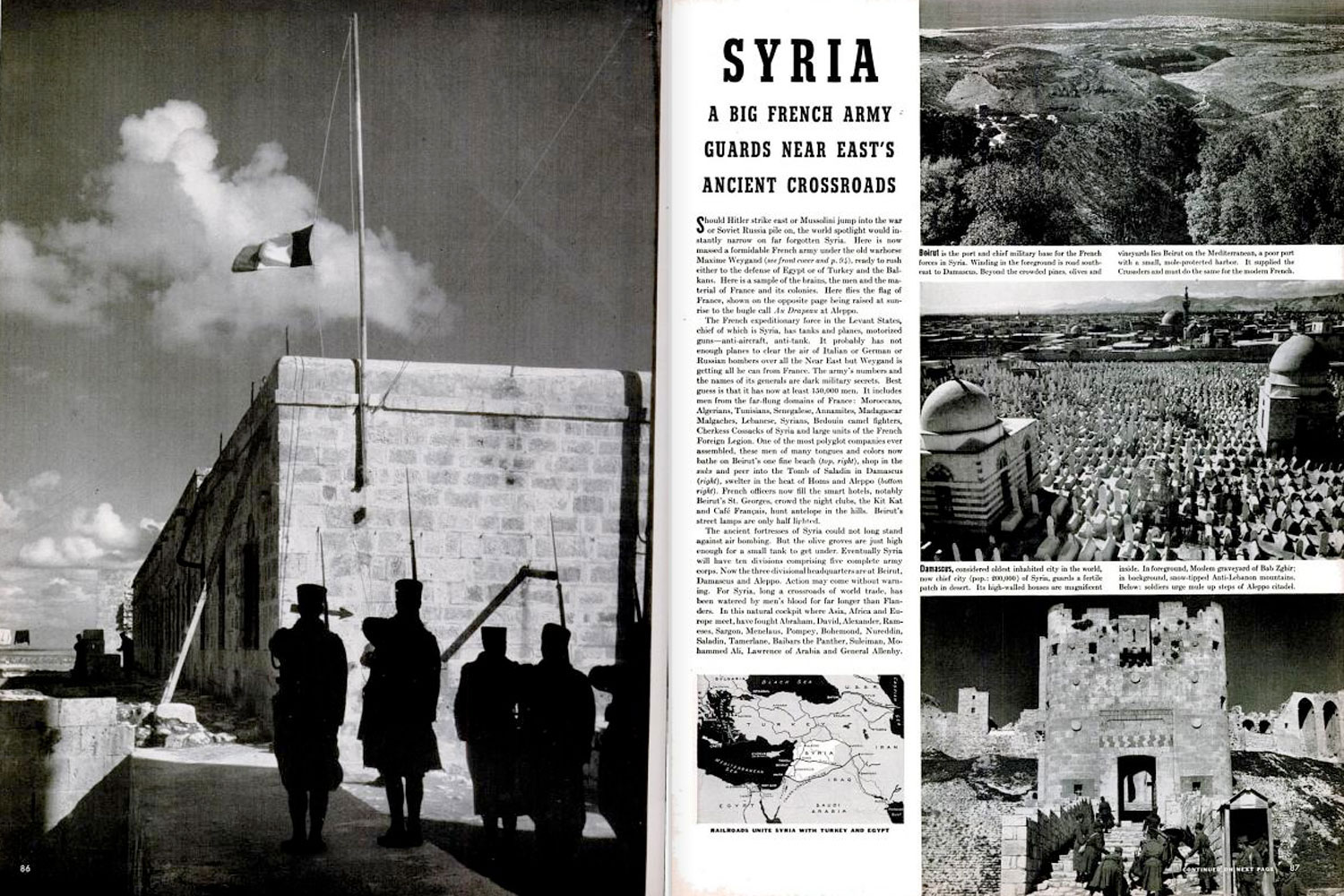
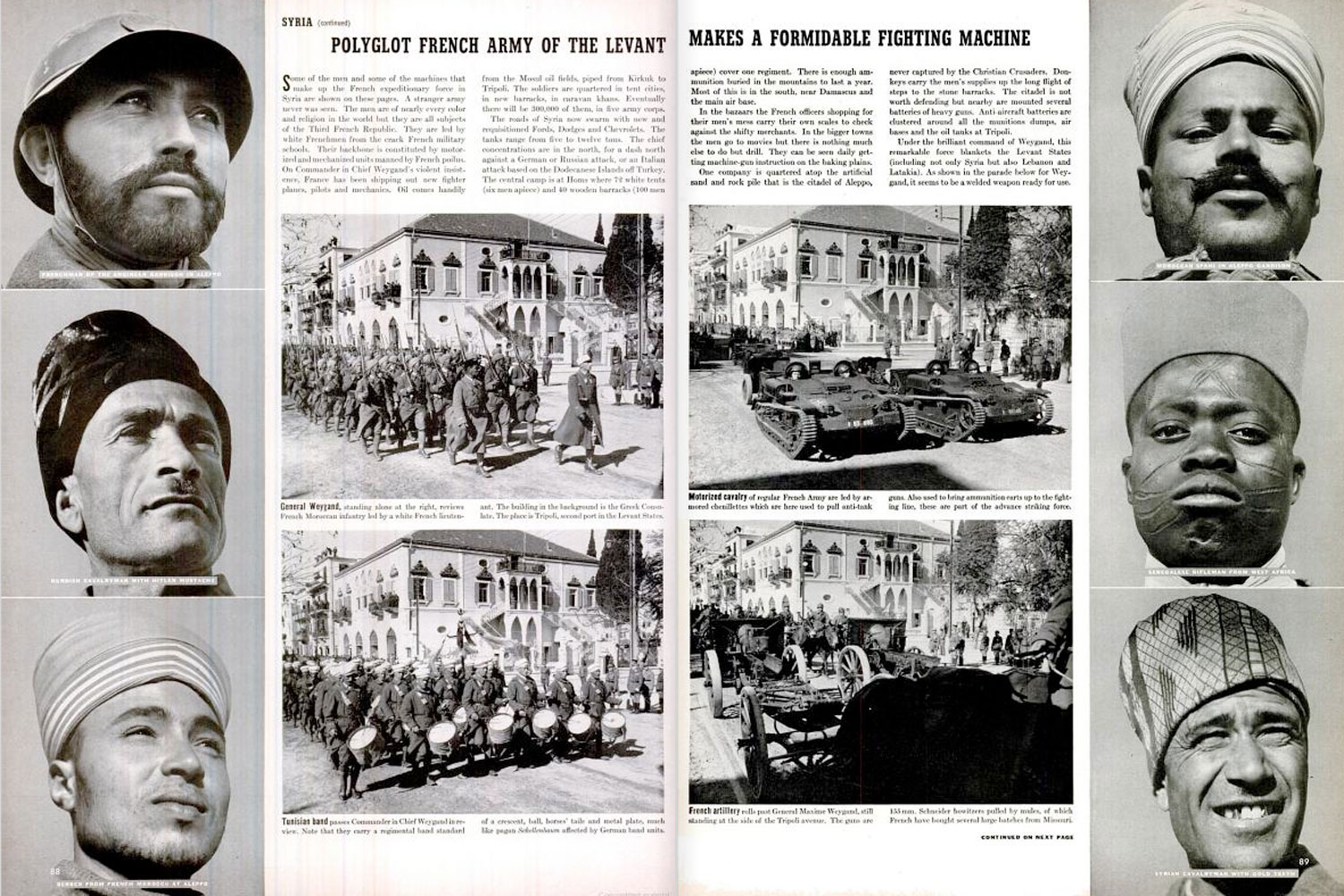
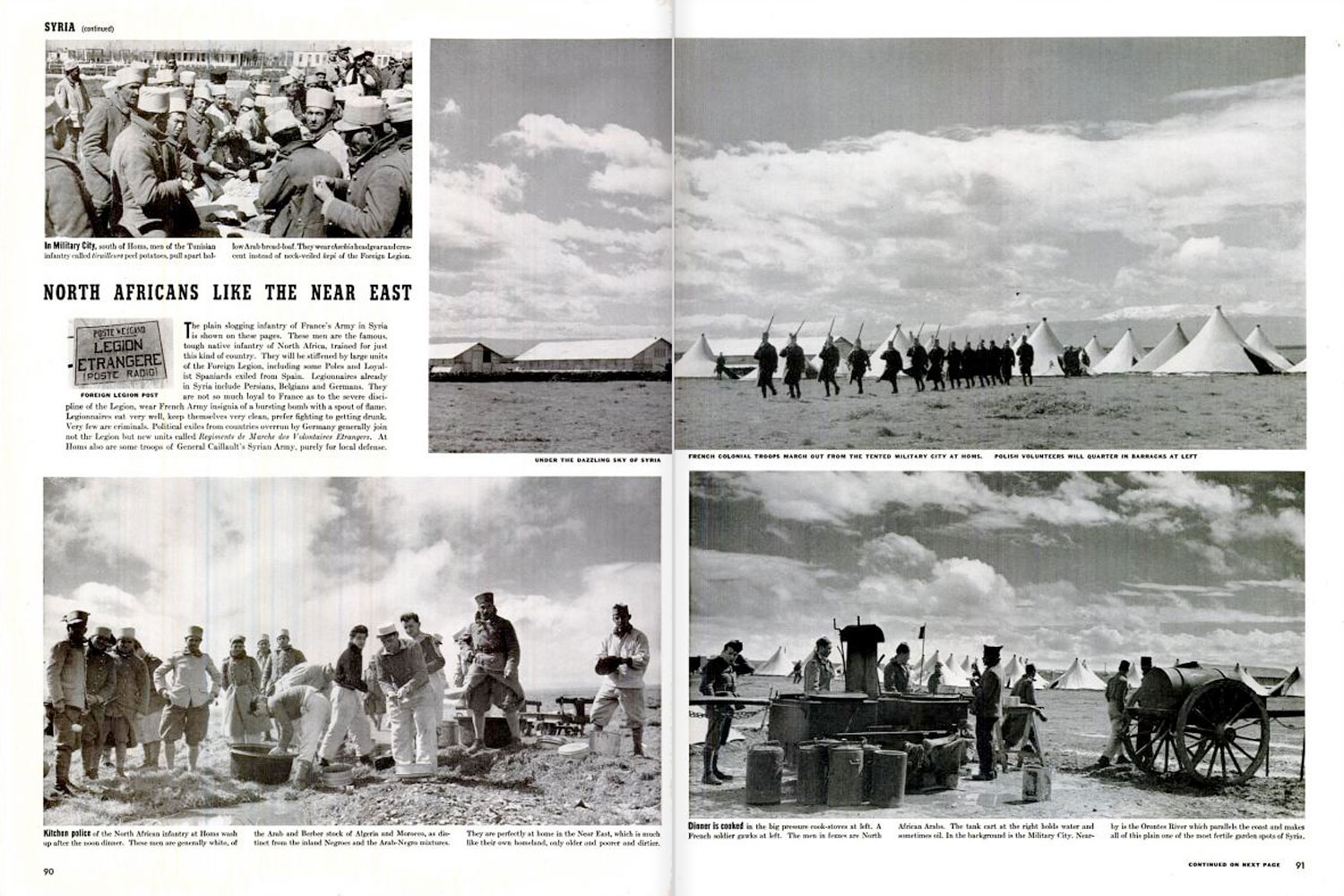
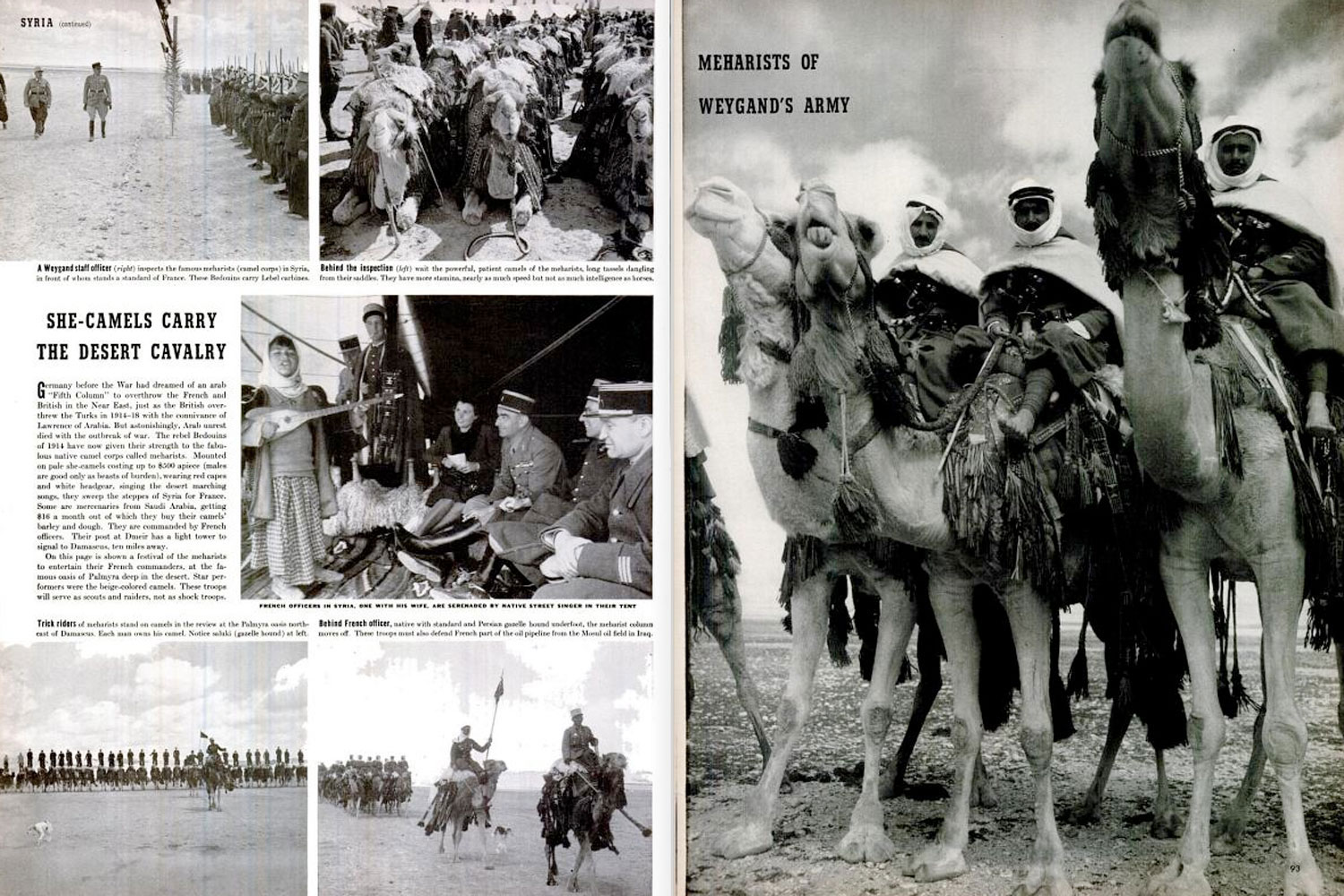
More Must-Reads From TIME
- The 100 Most Influential People of 2024
- Coco Gauff Is Playing for Herself Now
- Scenes From Pro-Palestinian Encampments Across U.S. Universities
- 6 Compliments That Land Every Time
- If You're Dating Right Now , You're Brave: Column
- The AI That Could Heal a Divided Internet
- Fallout Is a Brilliant Model for the Future of Video Game Adaptations
- Want Weekly Recs on What to Watch, Read, and More? Sign Up for Worth Your Time
Contact us at letters@time.com